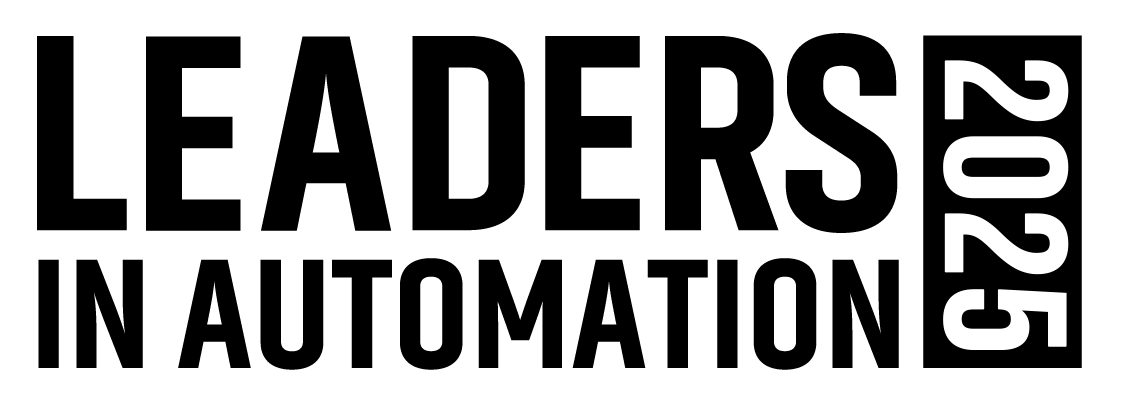What they use is relative to many factors, primarily their established control vendors and/or standards and guidelines from their information technology departments. Ethernet has proven to be the one consistent network for automation, supplemented by a variety of device-level networks.
One foundation technology behind what we commonly call Ethernet is Internet protocol. This is the “IP” of TCP/IP. This technology enables locating devices on the network. As more and more industrial components become IP-enabled, they can be easily added to the system. As this month’s article shows, more and more devices have IP addresses, vastly increasing interoperability. I think that IP is the future for all industrial networks—wireless as well as wired.
To take a deeper dive into the topic, check out the on-demand Webcast, “Ethernet Protocols and Green Engineering,” at www.automationworld.com/webcast-6800.
Subscribe to Automation World's RSS Feeds for Columns & Departments

